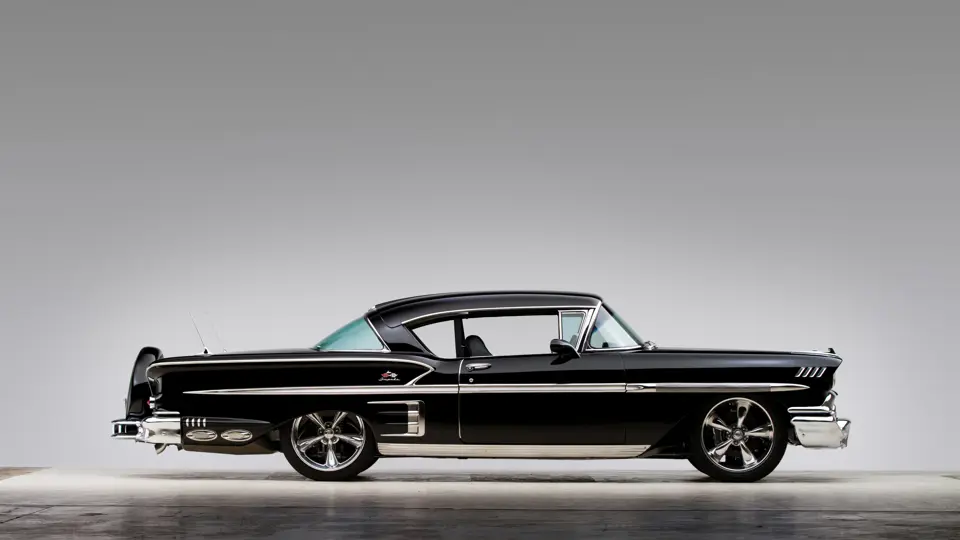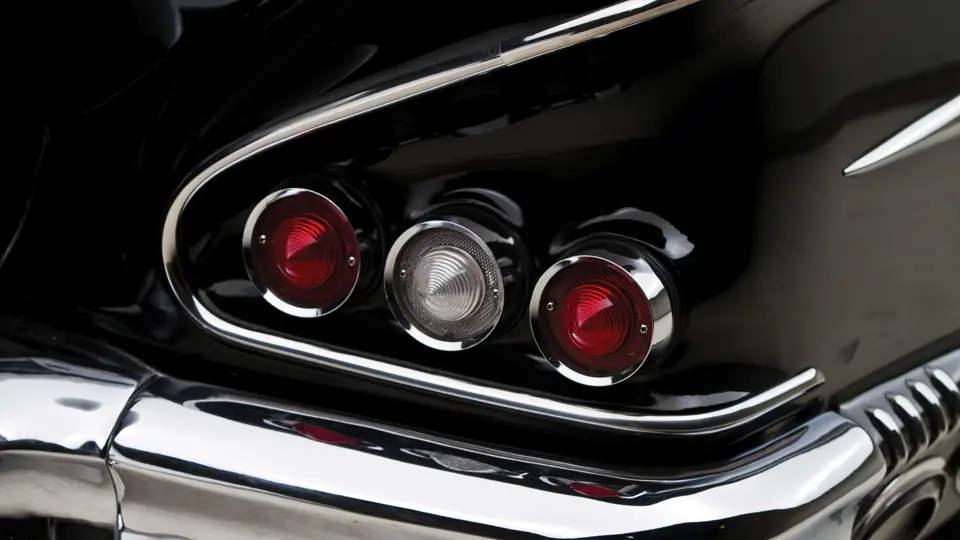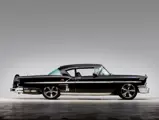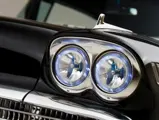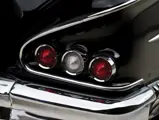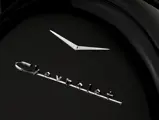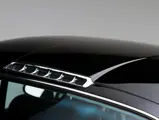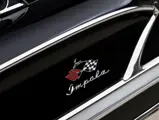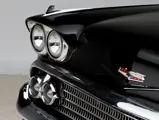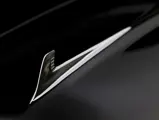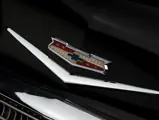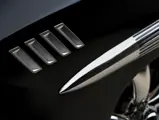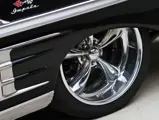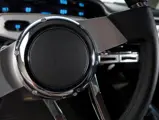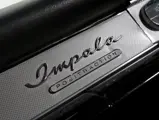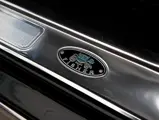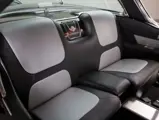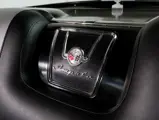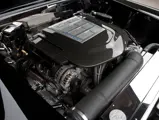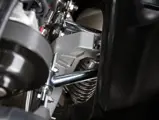Equipped with an 840 bhp, LS9, supercharged V-8
840 bhp, 427 cu. in. supercharged OHV V-8 LS-9 wet sump engine, four-speed automatic transmission, four-wheel coil spring independent suspension, and four-wheel power hydraulic disc brakes. Wheelbase: 117.5 in.
Chevrolet introduced all new bodies for 1958. The cars were lower and had sculptured styling with concave contours on the rear fenders. A new wrinkle in the catalogue was a subseries of special cars in the top-of-the-line Bel Air series. Called “Impala,” after the swift African antelope, they comprised just a hardtop sport coupe and soft top convertible coupe. An inch lower than other Bel Airs, they had revised rear contours. Simulated air scoops were located on the side and, on the sport coupe, the rear roof, above the rear window. Impala was the first instance of a prestige model within a series and became a series in its own right the following year, in the same manner as Caprice would evolve a decade later.
Revered by many, and being a one-year-only design, the 1958 Impala Sport Coupe has become a design icon. Mechanically, however, it was a work in progress, and viewed with more than a half century of hindsight, it now seems unsophisticated. In particular, the X-shaped chassis frame has no side rails, an innovation that lasted but a few years before being dropped, due to its vulnerability in side collisions. It was also the first year of the big block engines, and while they were sturdy, there was much more development to come from the same basic design.
It was built in John Staluppi’s own workshops. Entering as a 348-powered car, it was disassembled so that it could be modified for a perimeter frame. This entailed a complete new floor pan, and at this time, the wheel tubs were enlarged to permit wider tires. It has Corvette-type independent front suspension with power rack-and-pinion steering. The rear was modified by converting a Ford nine-inch axle to independent suspension. Brembo disc brakes are used all around.
For the engine, Mr. Staluppi went to Brian Thomson, the guru of LS Corvette powerplants, in Redford, Michigan. They selected an LS9 Corvette unit, billed as the most powerful production car engine when readied for the 2009 Corvette ZR1. Supercharged and intercooled, it reportedly makes 840 brake horsepower in this configuration and is matched with a 4L80E electronically controlled Hydra-Matic transmission.
The modifications have altered some chassis proportions, which has resulted in less rear seat legroom. The interior, however, is spacious and uses the original dashboard with electronic instruments. A tilt steering column holds a leather-wrapped wheel. The seats are black and grey leather, matching a grey headliner. A full-length console incorporates the transmission selector.
The workmanship is superb. Amazingly, the car has not been repainted since its arrival, despite all the work that has been performed. It exhibits a very deep shine and shows no flaws. All chrome is of the highest quality, and the rear is finished off with a Continental kit. Twenty-inch wheels are used all around, mounted with Kumho 245/45R20 radial tires.
Performance verges on the immeasurable. Brian Thomson and his staff worked on site to tune the engine and calibrated it with the transmission. Since the engine is supercharged, there is no turbo lag—acceleration is earthshaking and immediate. Yet, from a glance it looks like a mild-mannered Chevrolet with just a slight custom touch. The wheels and low ground clearance are the tip-offs.
As originally built, with a Super Turbo-Thrust 348 fed by three 2-barrels, this car was among the best performers of the day. Fast forward 54 years: today, it is that and more.


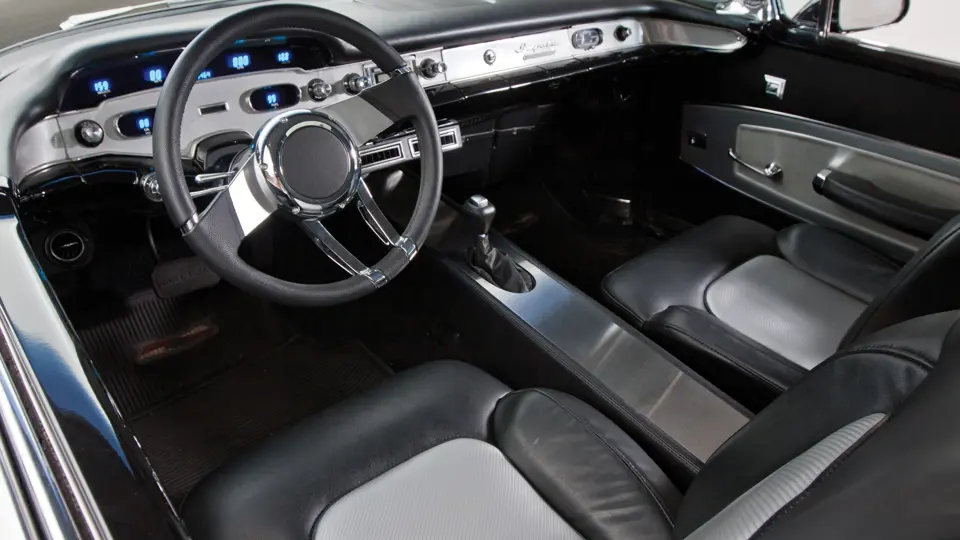

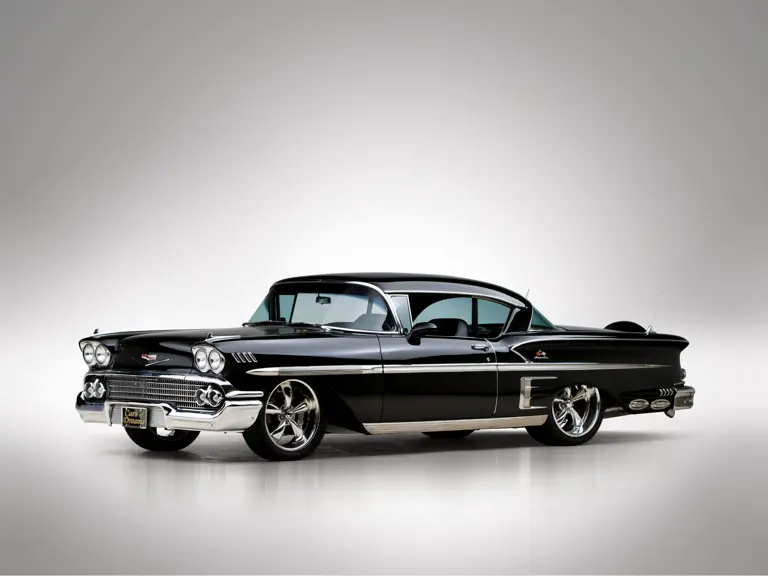
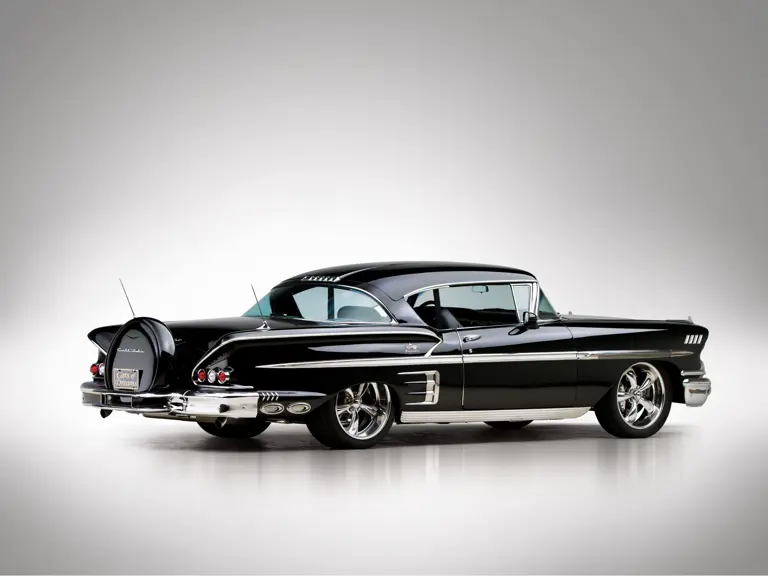
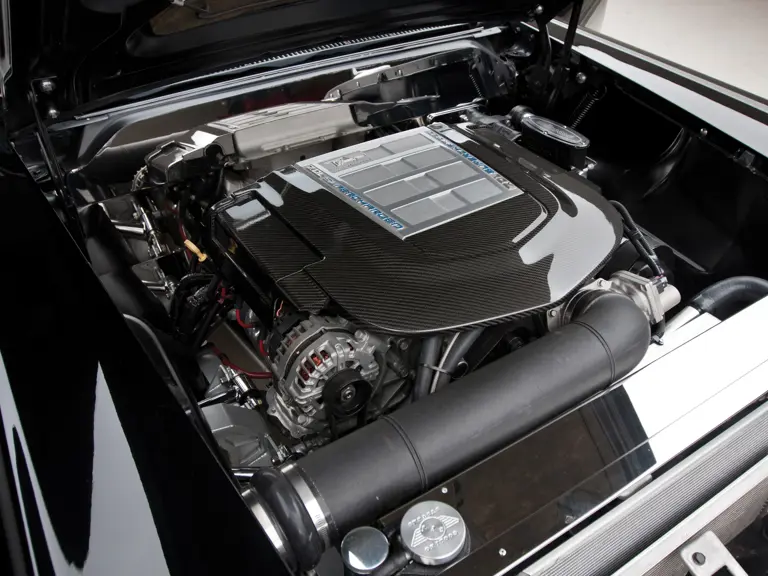
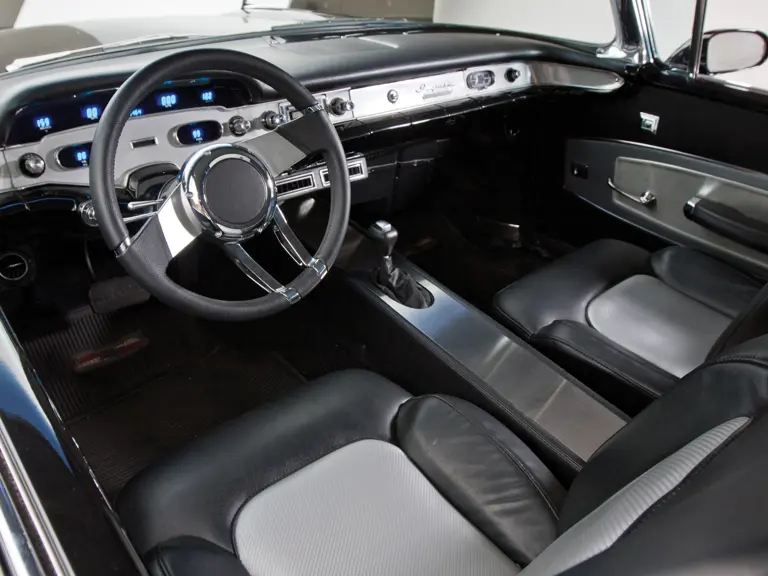
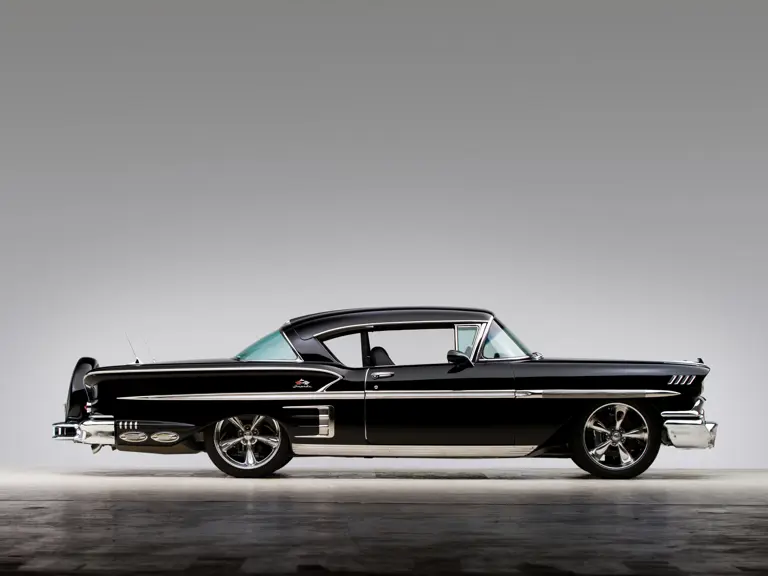
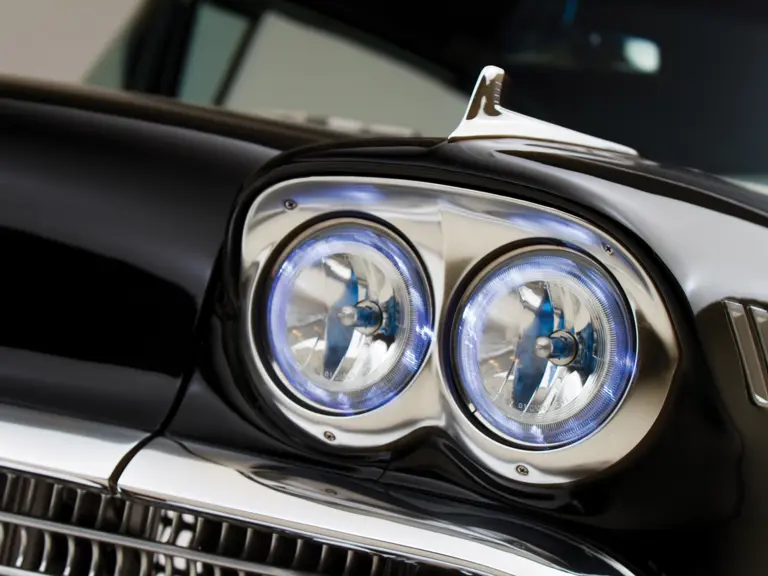
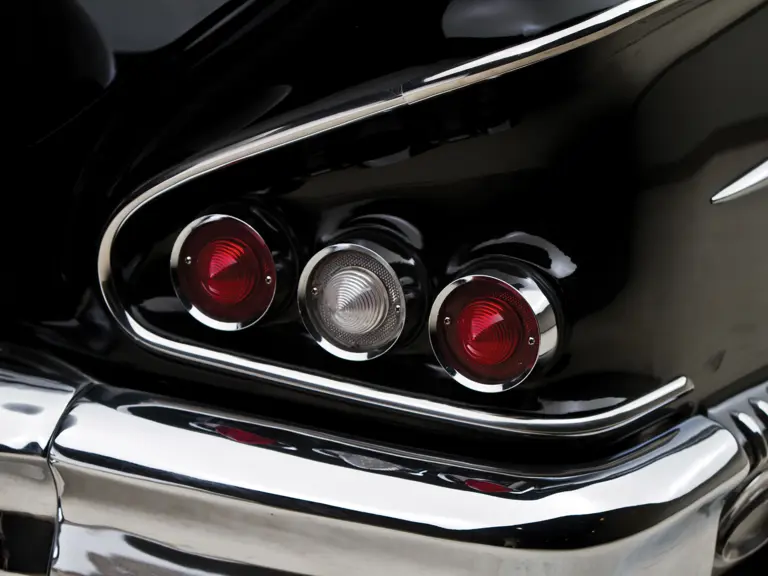
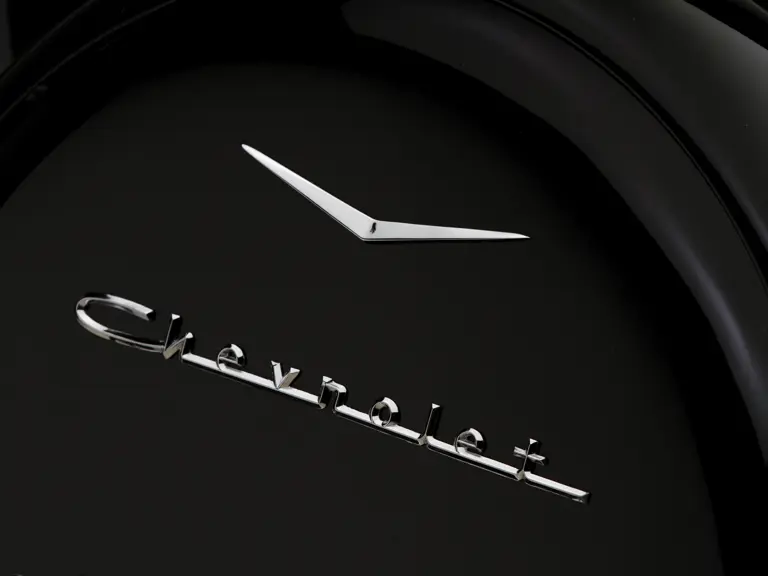
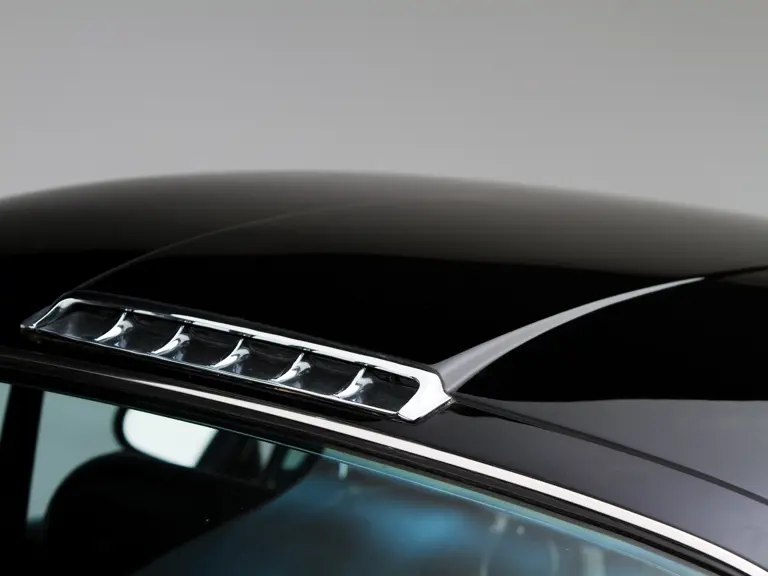
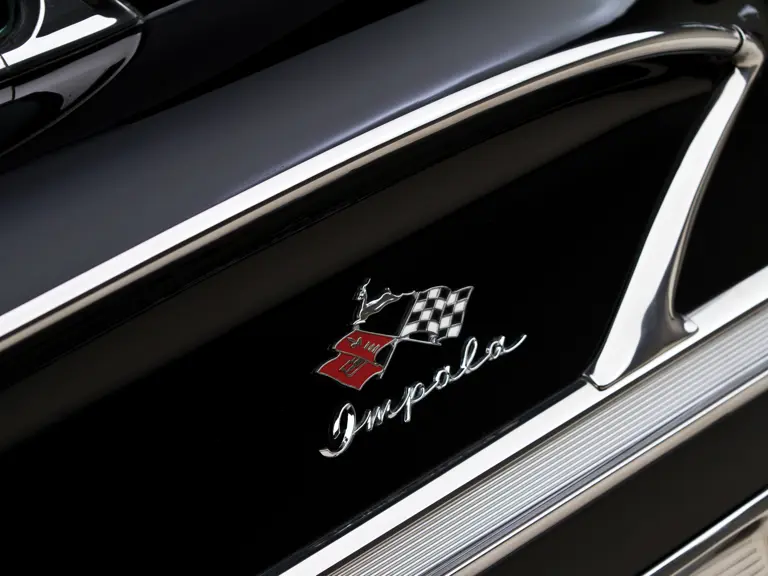
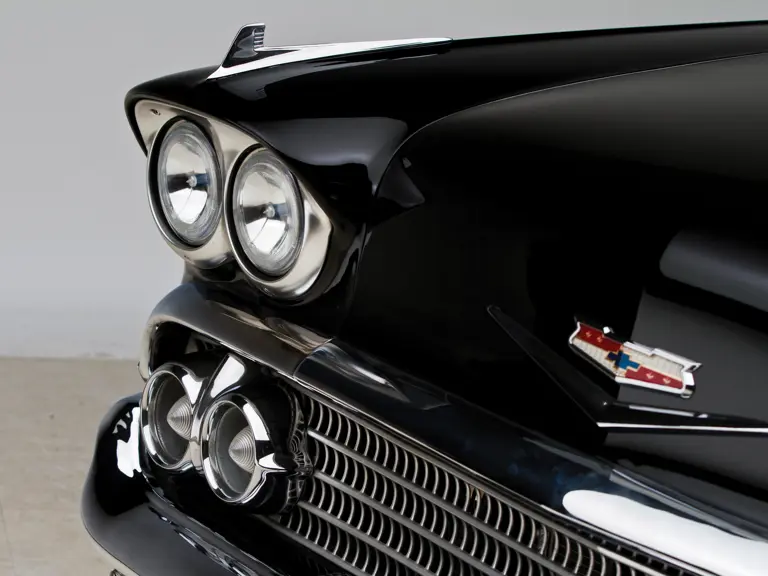
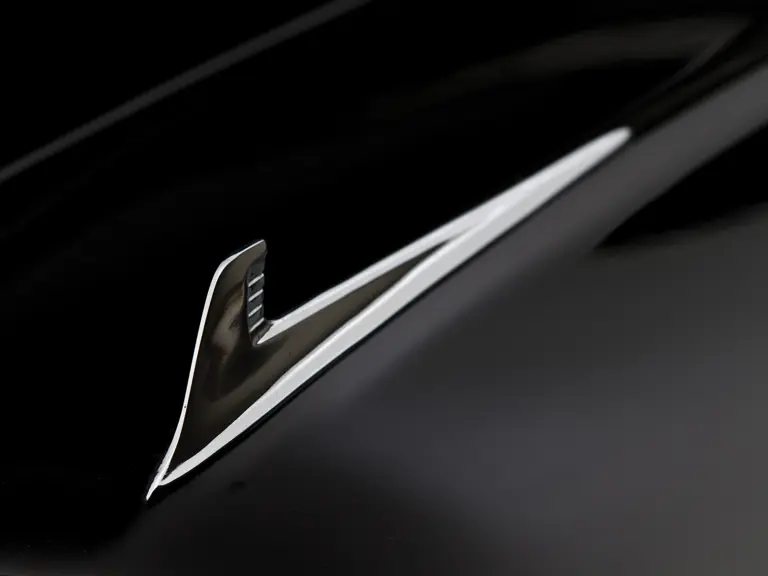
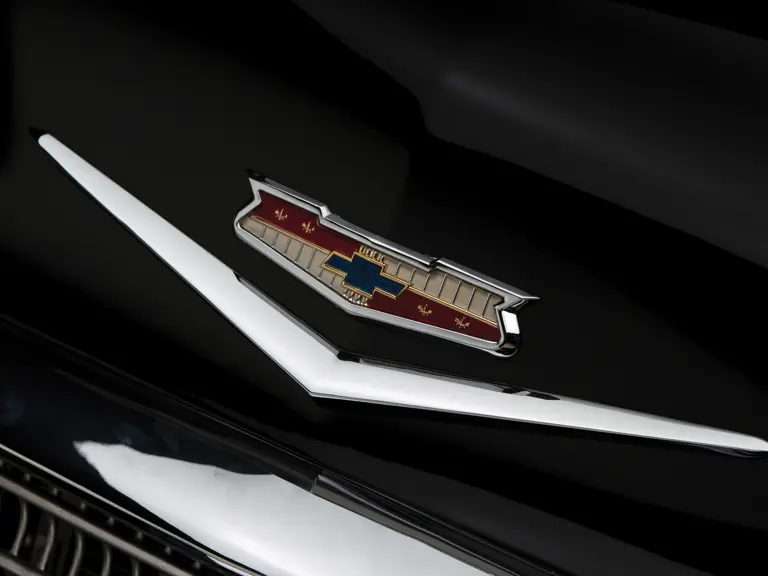
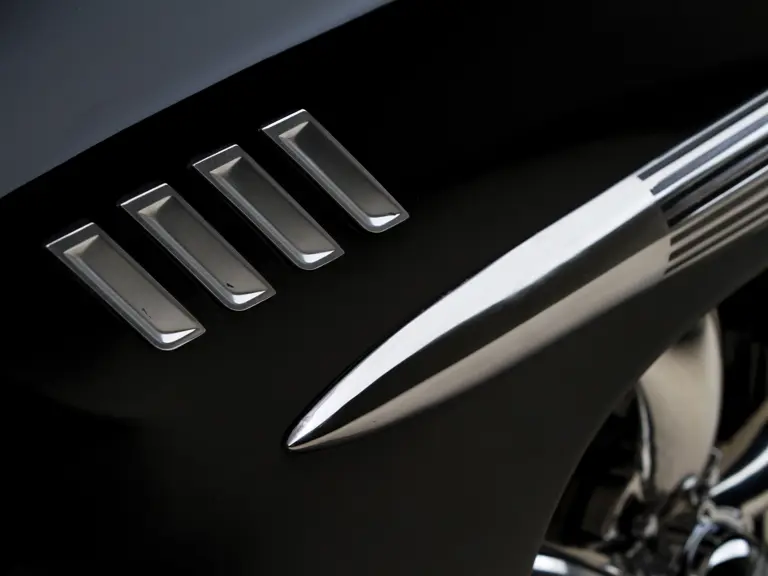

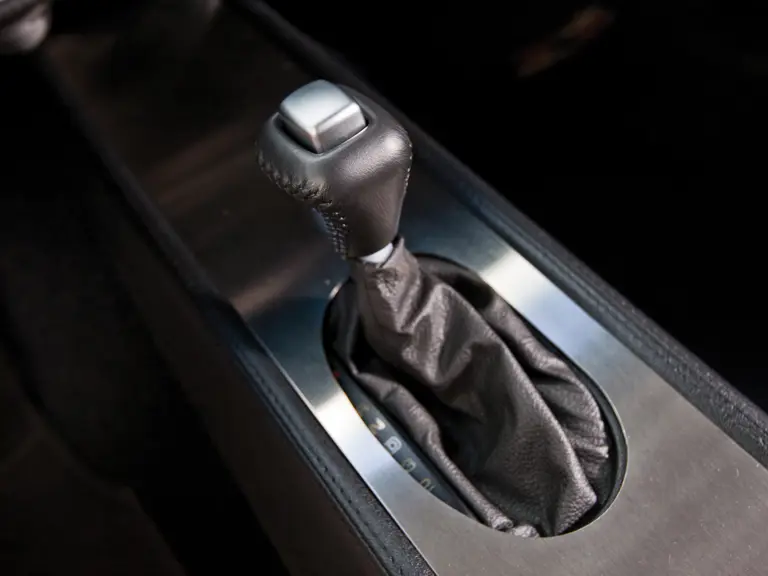
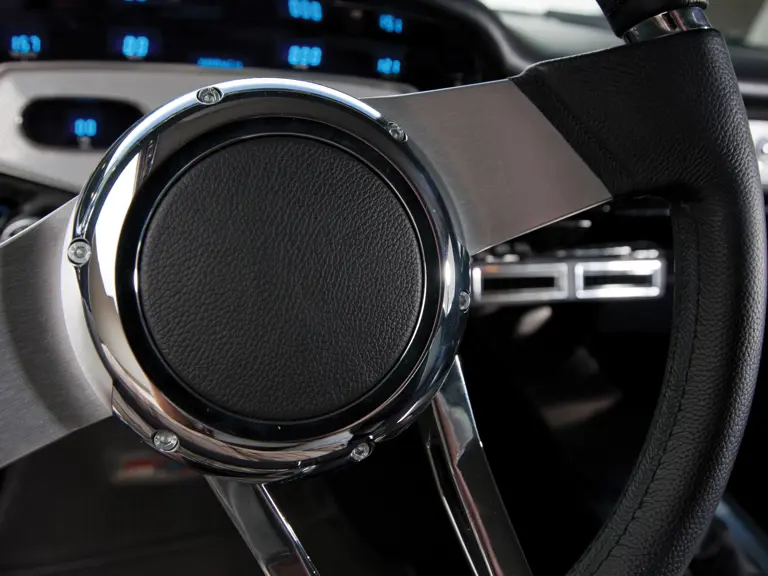
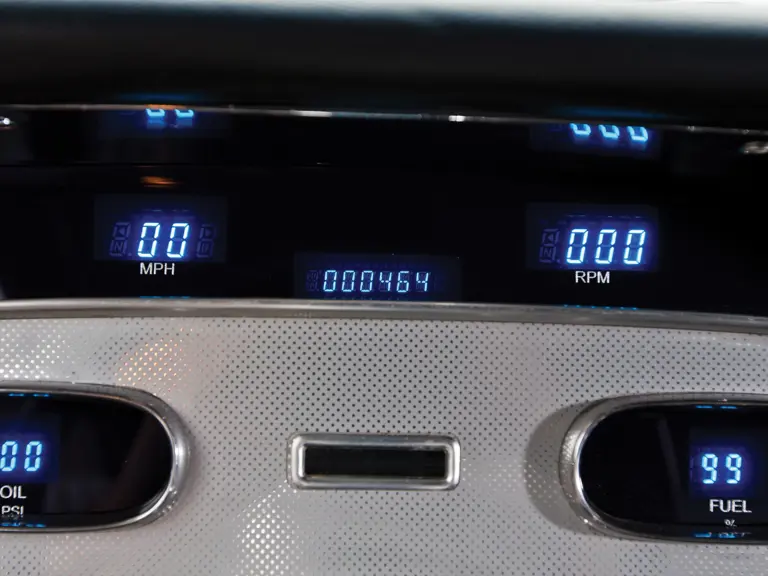
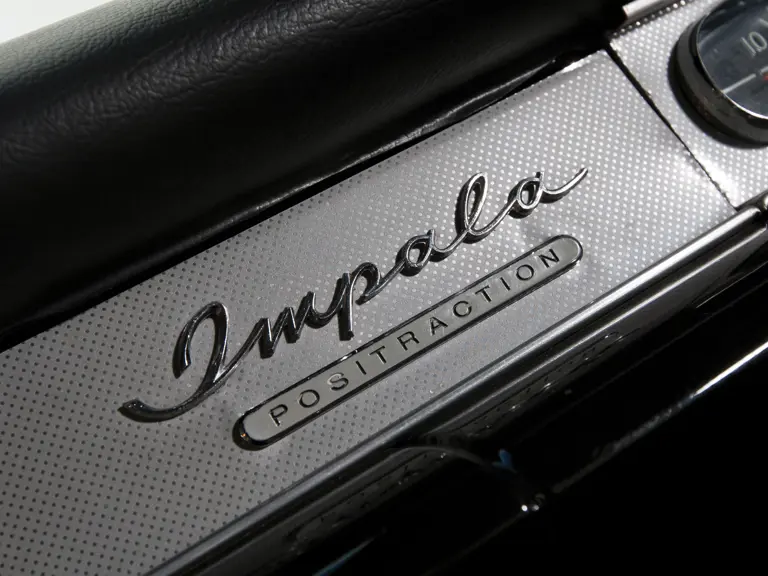
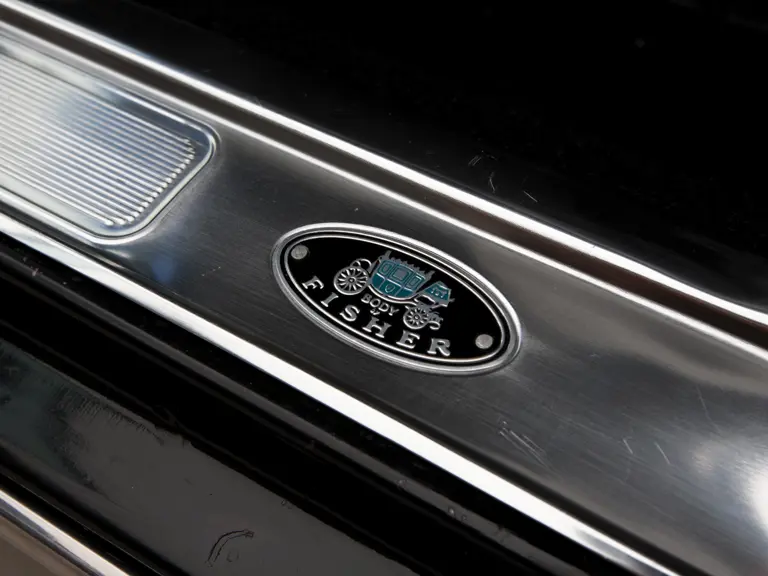
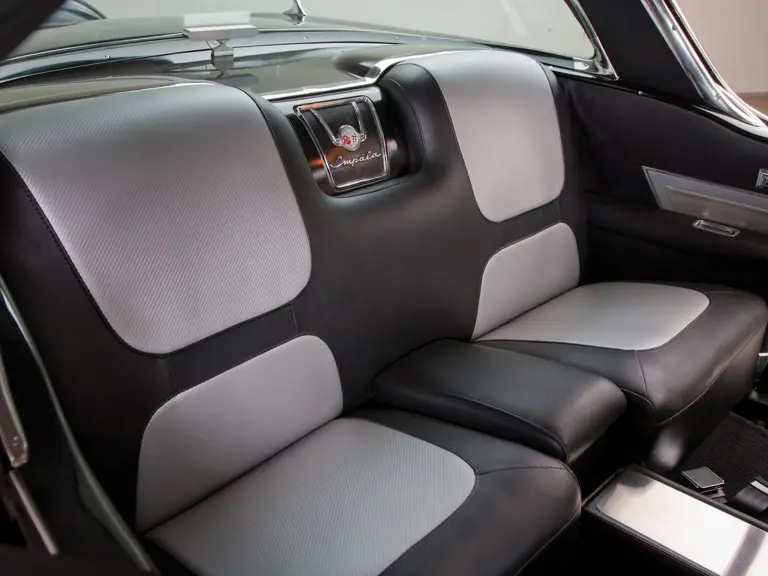
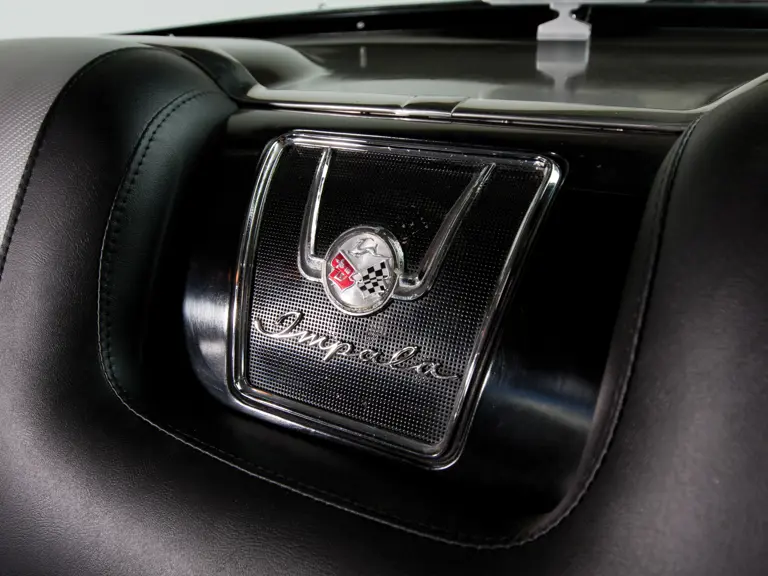
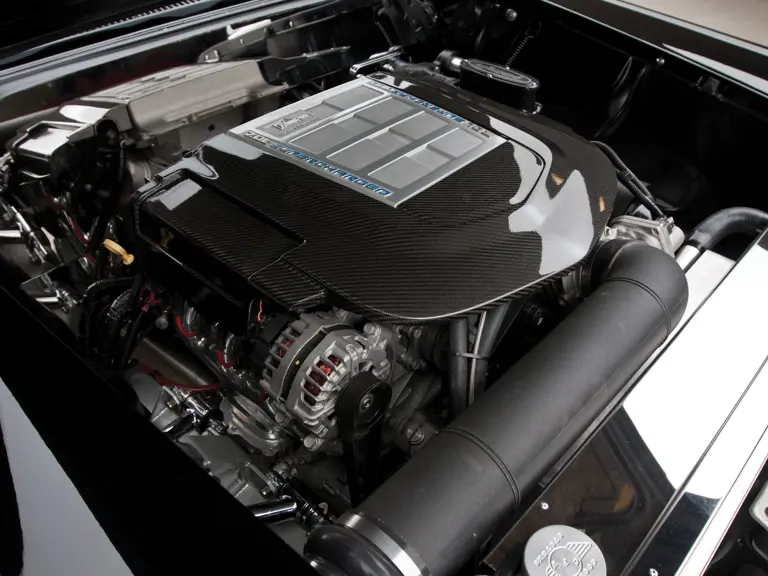
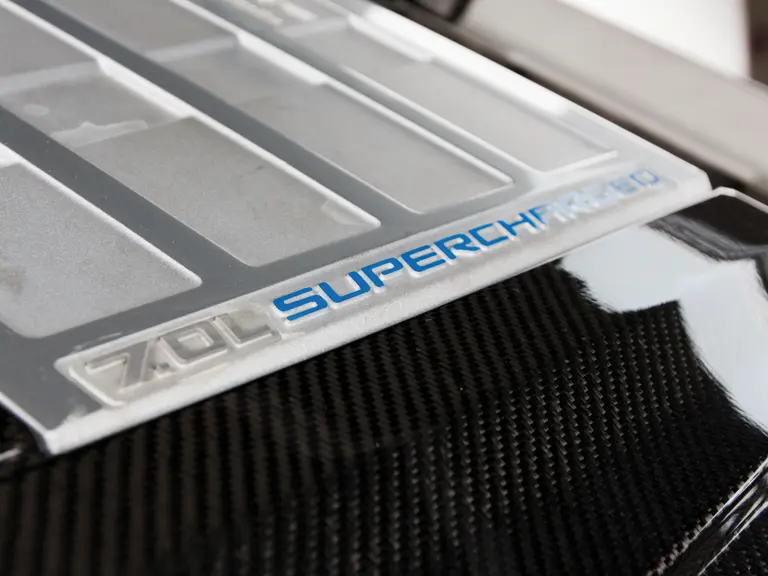


 | North Palm Beach, Florida
| North Palm Beach, Florida
